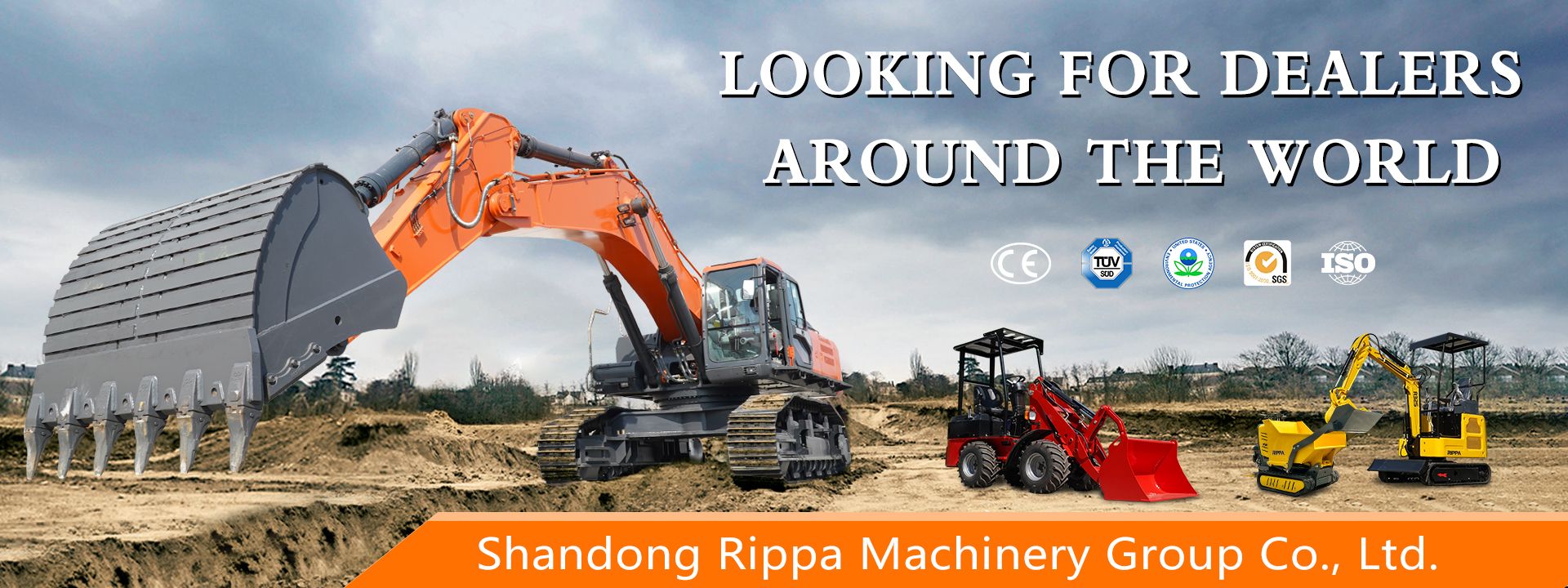what size excavator do i need
Introduction
The decision of the excavator size is one of the most important things when you are going to start a construction project, especially if it's your first time. It's important that you choose the right size for your excavator based on several factors including work site layout, terrain, project requirements and transportation and storage. In this article we'll discuss all those factors so that you know exactly what size excavator to use based on your individual needs!

Work Site Layout
The location of the work site is the first consideration in determining the size of excavator to be used. The location of the work site will determine the size of excavator to be used.
Work Site Terrain
The terrain is another factor to consider before buying a machine. Some operators have jobs in areas with steep slopes or high ground water, while others have flat landscapes with little rock or vegetation.
The first thing to consider is how much slope you may encounter at the job site. Next, look at what kind of soil and rock are present on the property. In some cases, the operator might need to use a bucket attachment instead of digging because there is too much vegetation for his excavator's arm length to reach all the way down into deep soil—and this could be especially true if large rocks are blocking his path as well. Finally, groundwater can present challenges if it's high enough off the surface (such as during rainy seasons) such that even though there aren't any wells nearby, they're still close enough by that their rising levels could flood out potential excavation sites if left unchecked by someone who knows what they're doing!
Project Requirements
Before you can decide on the right size excavator, it's important to consider the following project requirements:
The size of your project. This will determine how much material you need to move and convey. A large project may require several days or weeks of continuous digging and hauling away material. A smaller excavation might be completed in just a few hours or days.
The type of material to be excavated (e.g., soil, rock). A difference in composition between two materials can affect ease of removal or amount of space needed for stockpiling before processing begins at a quarry or mine site; in some cases, there may be restrictions on what type of material is allowed for processing due to environmental concerns like contamination from lead paint chips from demolished buildings being disposed into nearby rivers that supply drinking water for nearby communities.#ENDWRITE
Transportation and Storage
How to transport the excavator
How to store the excavator
When not in use, keep the excavator on a trailer or flatbed, and avoid storing it outside.
it depends on the WORK SITE LAYOUT,WORK SITE TERRAIN,PROJECT REQUIREMENTS and TRANSPORTATION AND STORAGE.
If you want to dig a trench in level ground and have no obstacles, then a small machine is best for you and you can save money by buying one of the smaller excavators. However, if your project includes digging ditches with varying grades or working on hilly terrain (and you don't want to pay extra for a bigger machine) then you may want to consider upgrading to something larger than usual. This will ensure that your excavator will be able to handle tough jobs instead of being overwhelmed by them.
Conclusion
the answer is simple: it depends. There are many factors that go into determining what size excavator you need, and it’s important to understand all of them before making any decisions. If you’re looking for more information on this topic or want some help choosing the right one for your project, contact us today!


